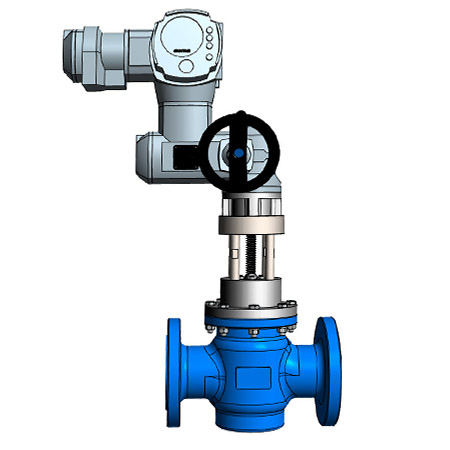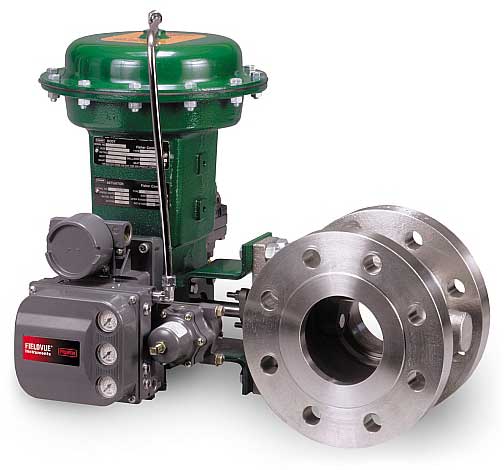Achieve Seamless Assimilation and Control With Quality Building Automation Controls
In the world of modern-day structure administration, the significance of top quality building automation controls can not be overstated. As innovation remains to advance, the integration and control of numerous systems within a structure have progressed to be much more efficient and innovative. The seamless procedure and tracking of lights, HVAC, protection, and various other structure functions have actually ended up being critical for enhancing occupant convenience, power efficiency, and general operational performance. The trip towards accomplishing true assimilation and control is a complex one, with considerations varying from system compatibility to cybersecurity. Accepting high quality building automation controls is not simply an issue of comfort however a critical imperative for organizations intending to optimize their centers' efficiency and sustainability.

Development of Structure Automation Controls
Throughout the previous couple of decades, the development of building automation controls has actually dramatically transformed the method structures are managed and run. Initially, building automation systems primarily focused on basic functions such as managing air flow, air, and home heating conditioning (COOLING AND HEATING) systems. As innovation advanced, these controls have come to be much more sophisticated, enabling for a broader array of structure systems to be integrated and handled centrally.
The development of constructing automation controls has seen a change towards more intelligent systems that can adapt to transforming conditions in real-time. This flexibility is critical for optimizing energy efficiency and ensuring occupant comfort. In addition, modern structure automation controls now provide functions such as predictive maintenance, remote tracking, and data analytics, enabling facility supervisors to make data-driven decisions to boost building efficiency.

Advantages of Quality Combination
The innovation in structure automation manages towards even more smart systems has actually highlighted the considerable advantages of top quality assimilation in enhancing structure procedures and enhancing general performance. This centralized control likewise provides better exposure and understandings right into building efficiency, making it possible for proactive upkeep and optimization techniques. In general, the benefits of high quality combination in structure automation controls are undeniable, providing boosted efficiency, comfort, and operational effectiveness.
Enhanced Customer Experience and Availability
Enhancing user interaction with structure automation controls with user-friendly style and improved accessibility boosts the overall experience for owners and center supervisors alike. By concentrating on customer experience, developing automation systems can end up being a lot more effective and straightforward. Intuitive user interfaces, clear navigation, and customizable setups equip customers to communicate with the controls easily and properly.
Ease of access functions play an important role in guaranteeing that all people, including those with disabilities, can utilize the building automation regulates with ease. Incorporating attributes such as voice commands, tactile buttons, and color-contrasted display screens can enhance ease of access and make the controls more inclusive.
In addition, improved user experience leads to higher customer satisfaction, boosted performance, and much better decision-making. Owners can change environmental settings according to their preferences, while center supervisors can successfully keep track of and manage structure systems - control valves. In general, focusing on user experience and access in structure automation regulates adds click this site to an extra seamless and productive structure setting for all stakeholders entailed
Sustainable Practices Via Automation

Additionally, automation can promote the integration of sustainable energy sources such as solar panels or wind turbines right into building procedures. By instantly readjusting power use based upon the availability of renewable resource, buildings can further reduce their reliance on non-renewable resources. This smooth assimilation of sustainable practices not just profits the atmosphere but additionally improves the overall operational performance and cost-effectiveness of the structure. With automation, structures can align with modern-day sustainability goals and add to a greener future.
Future Trends in Structure Control Solution
In expectancy of progressing technologies and developing sustainability techniques, the trajectory of structure control systems is positioned to accept transformative techniques and cutting-edge solutions. One famous pattern forming the future of building control systems is the increased integration of Artificial Knowledge (AI) and maker learning. These modern technologies enable buildings to adjust in real-time to changing problems, enhancing power consumption and improving convenience for owners. Additionally, the Internet of Things (IoT) is reinventing building control systems by linking sensing units and devices to streamline procedures and enhance effectiveness.
An additional essential pattern is the focus on cybersecurity steps to secure versus possible dangers to developing automation systems. As buildings come to be more interconnected, ensuring robust cybersecurity methods will certainly be important to protect delicate data and avoid unapproved access.
Furthermore, the change towards cloud-based platforms is acquiring momentum, permitting centralized control and remote access to building systems. This promotes easier monitoring, upkeep, and updates, boosting the overall performance and flexibility of structure control systems. As modern technology proceeds to advance, these patterns are anticipated to shape the future landscape of building automation controls, driving technology go to this site and sustainability in the built setting.
Final Thought
Finally, developing automation controls have actually advanced dramatically, offering countless benefits such as enhanced customer experience, accessibility, and sustainable techniques. Quality assimilation plays a crucial duty in achieving seamless control and reliable procedure of building systems. Future patterns in building control systems are most likely to concentrate on more enhancing automation abilities for enhanced power effectiveness and total efficiency. It is crucial for building owners and operators to prioritize the fostering of top quality structure automation manages to maximize structure procedures and accomplish long-term sustainability objectives.
In the world of modern structure management, the value of top quality structure automation controls can not be overemphasized. Generally, the development of structure automation manages proceeds to drive development in the structure management sector, offering new possibilities for developing smarter and extra sustainable structures.
The development in structure automation regulates towards even more smart systems has actually underscored the substantial advantages of high quality integration in optimizing structure procedures and boosting overall performance. Generally, focusing on individual experience and ease of access in building automation regulates adds to a more productive and seamless building setting for all stakeholders involved.
It is essential for structure proprietors and drivers to prioritize the fostering of quality structure automation manages to enhance structure operations and attain long-lasting sustainability objectives. - control valves